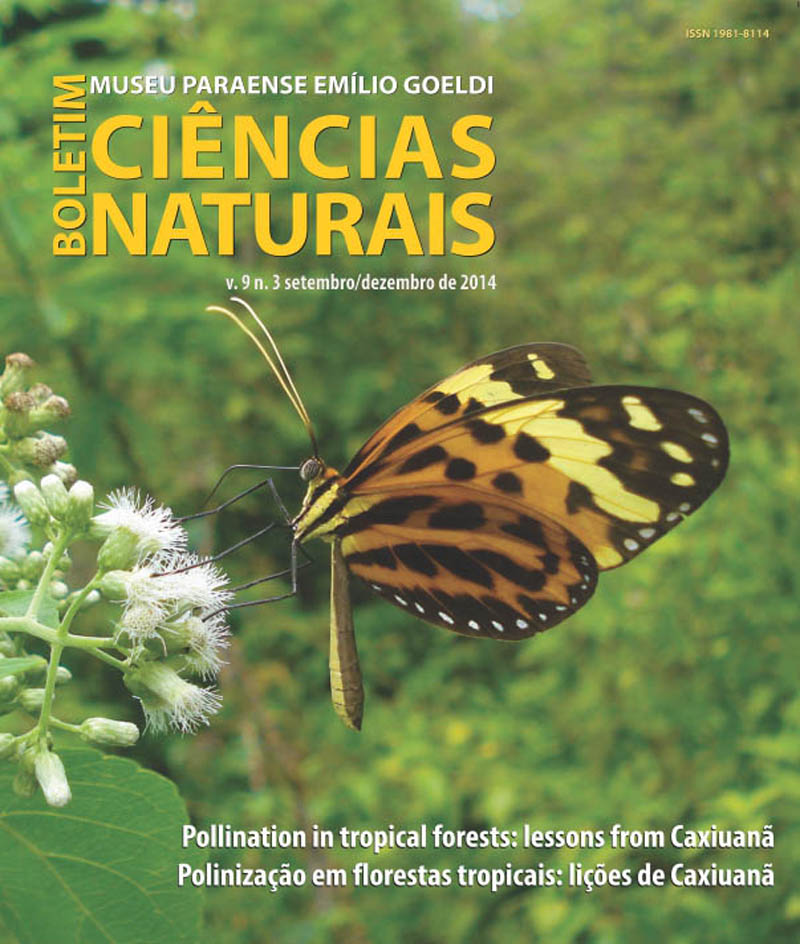Caminhando entre flores: o papel de variações no tempo e espaço na evolução de estratégias de polinização
Keywords:
TeseAbstract
Patterns in ecology are the products of current factors interacting with a longstanding history of contingency. Nevertheless, few studies have attempted to disentangle the contribution of past and current factors on plant reproduction patterns. Here we studied pollination considering both, spatial and temporal dimensions. Time variation goes from hours to millennia as well as space, whose importance was considered from meters to the whole planet. The chapter’s
sequence within the thesis is planned to go from the small to the large scale. We show the importance of fine grained variations such as hours and meters on the flower differentiation and pollination of two Davilla species in the chapter 1. In the chapter 2 we studied pollen deposition and visitation frequency in Knautia arvensis considering a interannual scale and showed the most important pollinator changing every year. In the Chapters 3 we used Curatella americana with populations studied across Brazilian Cerrado and showed spatial variation in flower and leaf morphology and pollen tube growth. Chapter 4 also deal with C. americana and shows the variation on the reproductive system across space, with cross-pollination related to pollinator availability and the level of autogamy underpinned by past climate. To finish, Chapter 5 deal with 50 community-based assessments of wind and animal pollination over the world and show the importance of precipitation (current and past) and plant species richness as major drivers of these proportion. As a general conclusion, it is clear that temporal and spatial factors cannot be ignored in spite to understand floral evolution and the interactions between plants and pollinators.
Downloads
Published
Issue
Section
License
Publication means fully assigning and transferring all copyrights of the manuscript to the journal. The Liability Statement and
Assignment of Copyrights will be enclosed with the notice of acceptance. All the authors must sign the document and return it to the journal.








